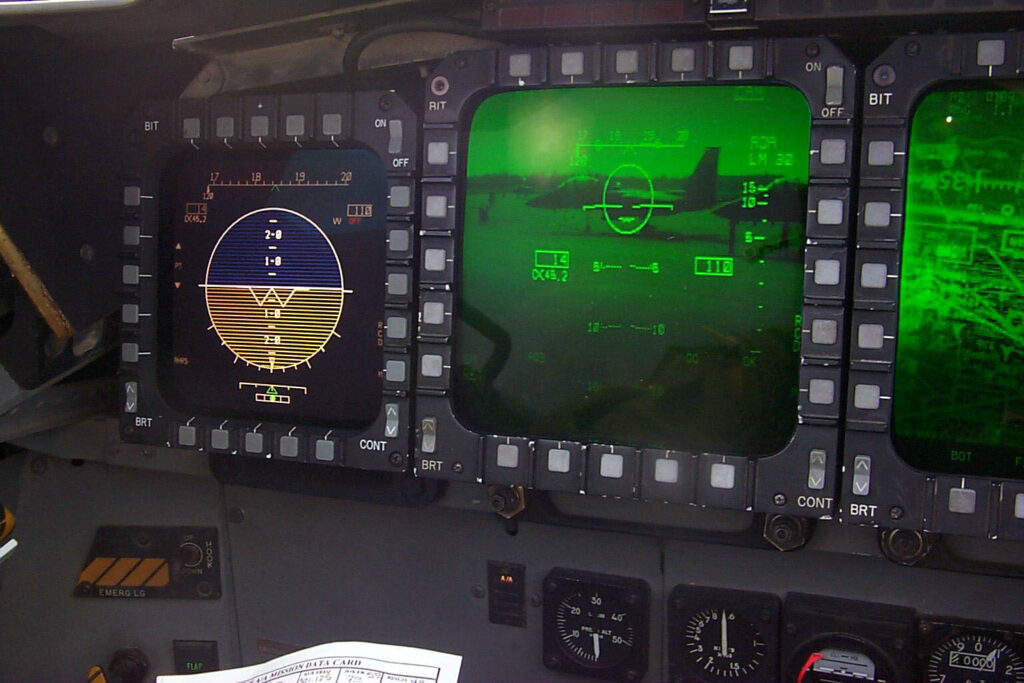Obsolescence management has always been a costly inconvenience to deal with, at best. In fact, a 2022 limited study by McKinsey and Company of 18 US mission-ready aircraft estimated that the obsolescence cost in 2021 was over $50 billion [1]. It represents a gigantic cost of about 7% of the entire defense budget or close to the entire Defense budget of Russia.
It is well understood that product life cycles are at the mercy of diminishing sources of supplies. So much so that there are specific military requirements, such as in MIL-STD-3018, related to diminishing manufacturing sources and material shortages (DMSMS). This is certainly not a new concept, with MIL-HBK-512 already providing guidelines nearly twenty-five years ago. What has changed, however, is the pace of obsolescence.
Life expectations on defense and aerospace products have diminished arguably in accordance with Moore’s law. Reviewing the supply chain, the reduced availability in aerospace and defense can be directly attributed to other industrial demand changes. It is easily evidenced in the electronic components sector, where the component’s life cycles are usually limited to only a few years, as they are designed to align with a much larger volume of commercial and industrial product life cycles. Cycles that are themselves essentially driven by the evolution of user demand. In a globalized economy and a world with an ever-increasing demand for rapid consumption, non-aerospace, and defense products, life cycles continue to shorten. It can also be argued that user’s demand for novelty and lower costs have shaped the offering of less durable goods, with manufacturers essentially planning obsolescence for profits.
In general, most people will assume and intuitively accept that obsolescence is associated with constraints imposed on manufacturers that are equally suffering the effect of external events. In reality, manufacturers are regularly managing obsolescence for purely economic reasons with little regard for its impact on the supply chain. That is, the manufacturer still has the manufacturing capacity and industrial capabilities but elects to obsolete products and redirects its customers to newer products for better margins or economies of scale. In simple terms, newer components are manufactured with newer automated processes having better designs and better yields.
The decision to obsolete or not, with all its costly ripple effect, is rarely a difficult one to reach. In favor of obsolescence stands the marketing and branding of products. Promotion, an opportunity to engage or re-engage customers in a position of strength when customers are in a business predicament, is appealing, especially in situations where the supplier is a long-term incumbent with intimate knowledge of its customers’ requirements. On the other side of the question is the commitment to the supply chain and consideration of the impact on the customers and their customers and, eventually, the end users.
Unfortunately, most companies’ procurement dynamic is increasingly focused on acquisition costs in its normal course of business and has difficulty adapting its model for legacy products. Buyers are measured and incentivized on purchased price reductions with no considerations for the total cost of ownership in the supply chain.
Cevians, like many other small companies in the A&D space, have faced these conundrums. Let’s take a simple example. An advanced near-infrared absorbing glass was developed in the 1980s for night vision compatibilities of LED-based alpha numeric emitters. The material unique performance led to it being integrated into most avionic instruments using these light sources. Over a few decades, the material demand significantly diminished as platforms were retired or instrumentations modernized. In recent years, the demand has been minimal, essentially serving legacy products and supporting aftermarket needs. Newer technologies and designs could be used as replacements. These new materials even have lower cost bases due to higher manufacturing volume and benefiting from more advanced manufacturing techniques.
In order for the manufacturer to maintain an equivalent profit margin to what would be a newer similar, it would need to have its price adjusted by 100%. Let’s say from $100 to $200. Without such a price adjustment, the newer product selling for $100 is more profitable in absolute dollars.
From a procurement perspective, in line with most large organizations’ internal processes, a 100% price increase is a major negative reflection on the provider and often creates unwanted visibility to customers’ management, which has only limited visibility on the overall business case. Such an event might be a cause for removal from an approved vendor list. As a result, more often than not, providers will not even consider offering continued supply to their customers and will simply elect to obsolete the product. As long as the obsolescence follows the expected timely notice and format, customers will positively view the provider as responsible and gladly work in the alternative as it does time and again. It is part of the business model. On the contrary, the provider offering continued supply with adjusted economics, which would avoid triggering the customer’s sustaining engineering effort, re-qualification, certification, and end customer’s approval, will often be penalized in the immediate or in the future for its initiative to prevent obsolescence due to atypical price adjustment. That is even if it would have resulted in $200k-500k of cost avoidance.
To obsolete or not. We say let the customer and the supply chain decide. Maintain the product available for as long as physically possible and present the value, albeit at a higher cost, while also offering alternatives.

